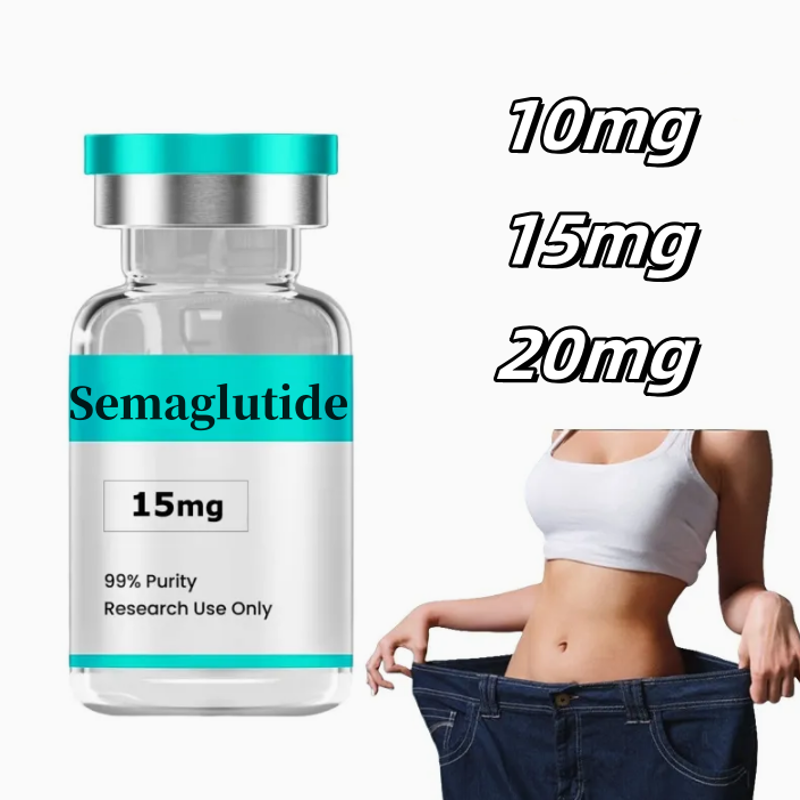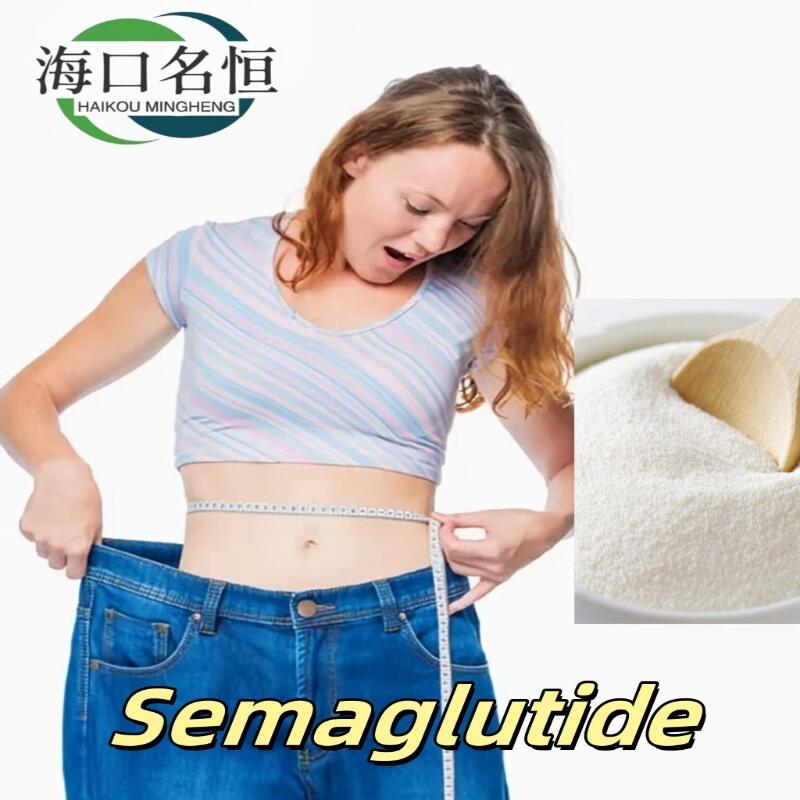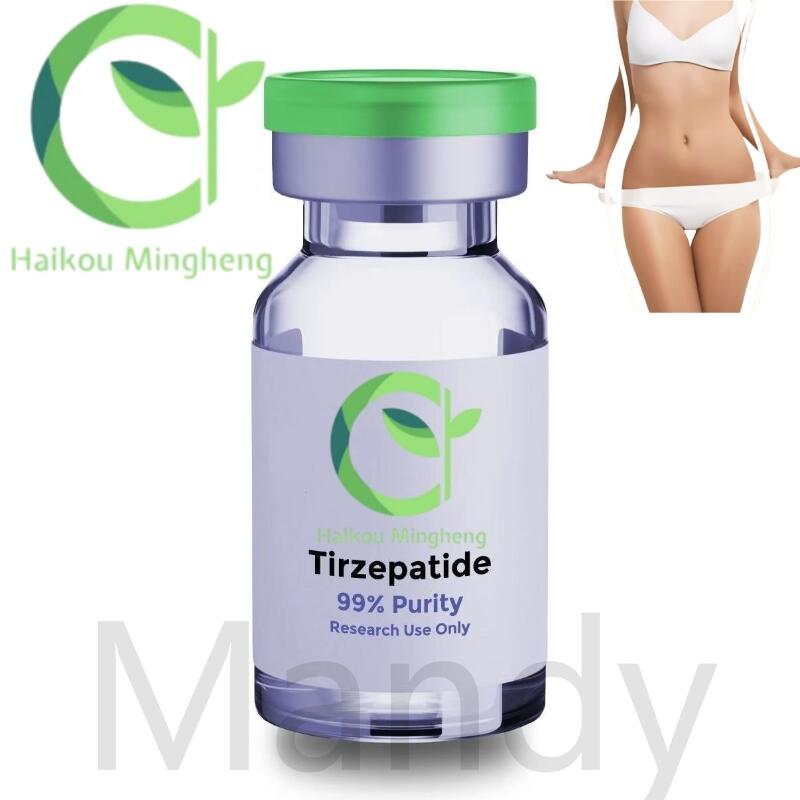New progress of molecular design based on insect defensins in animal Institute
-
Last Update: 2013-12-26
-
Source: Internet
-
Author: User
Search more information of high quality chemicals, good prices and reliable suppliers, visit
www.echemi.com
Maggot therapy, which originated in Europe, is a kind of natural biological therapy, which is used to treat serious wound infection that can not be cured by traditional antibiotics Recently, European scientists found that the key effector of maggot therapy is a kind of peptide defensins These insect defensins are composed of about 40 amino acids and contain 3 pairs of disulfide bonds They mainly target cell membrane components of Gram-positive bacteria, but have weak activity to Gram-negative bacteria In addition, this kind of molecule is not easy to be synthesized or recombined by gene engineering, which leads to the slow progress of drug development In order to overcome the above problems, Zhu Shunyi research group, Institute of zoology, Chinese Academy of Sciences, used structural similarity information to design and modify the defensin navidefensin 2-2 from the wasp of chrysalis chrysalis, and obtained a broad-spectrum, low-toxic and easily synthesized low-molecular-weight peptide for further development of peptide antibiotics for clinical resistant bacteria Based on the structural similarity between the carboxyl end of insect defensin and the natural beta hairpin antimicrobial peptide, the researchers engineered the beta fold lamellar region of navidefensin 2-2 By introducing a cysteine into gly4cys to reconstruct two new disulfide bonds, the beta fold lamellae structure at the carboxyl end of insect defensin was transformed into a typical beta hairpin structure The 14 amino acid peptides were named nvbh Liquid chromatography tandem mass spectrometry (LC-MS / MS) confirmed the disulfide linkage of the peptide Circular dichroism analysis showed that the molecule presented a typical beta hairpin structure It was found that nvbh could inhibit the growth of a number of gram-positive and Gram-negative bacteria (including some clinical isolates of methicillin-resistant Staphylococcus aureus) under the condition of complete or partial oxidation at low micro molar concentration The mechanism of action showed that nvbh could effectively destroy the cell membrane structure of sensitive bacteria and lead to bacterial death Nvbh has low hemolysis, high serum stability and protease resistance, making it a new type of anti infective drug leader This study shows that the carboxy domain of insect defensins is a kind of promising anti infective drug resources This paper has been published in ACS chem Biol (DOI: 10.1021/cb400591d).
This article is an English version of an article which is originally in the Chinese language on echemi.com and is provided for information purposes only.
This website makes no representation or warranty of any kind, either expressed or implied, as to the accuracy, completeness ownership or reliability of
the article or any translations thereof. If you have any concerns or complaints relating to the article, please send an email, providing a detailed
description of the concern or complaint, to
service@echemi.com. A staff member will contact you within 5 working days. Once verified, infringing content
will be removed immediately.







